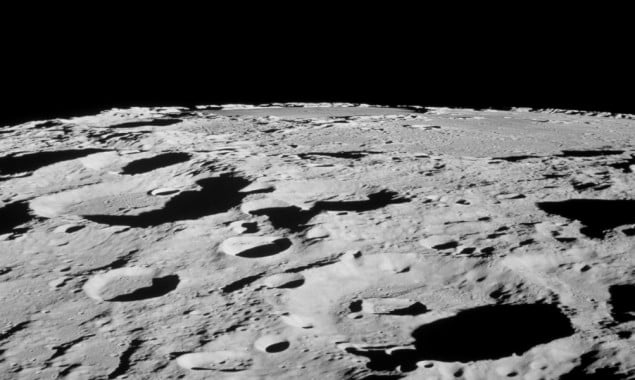Cold Moon: When Is The Last Full Moon Of 2020
The celestial event of 'Long Moon Night' or commonly called 'Cold Moon'...

surface of the moon
The moon is a time capsule. Its surface has been completely exposed to vacuum for almost 4.5 billion years; meanwhile, it has been soaked by particles from the sun and beyond the solar system. Those particles remain, buried under the lunar surface, providing a detailed record of the history of our solar system and even our entire galaxy.
Besides light, our sun is constantly emitting a steady drizzle of high-energy particles, collectively known as the solar wind. The solar wind is made of mainly electrons and protons, but the occasional heavy nucleus also slips out of the sun’s gravitational embrace.
The solar wind flows through the entire solar system, but very few of those particles reach the surface of the Earth, where we can study them more easily. That’s because of our magnetic field which does a fantastic job at redirecting the paths of those charged particles, forcing them to follow specific routes around our planet and our atmosphere which absorbs the bulk of the solar wind.
The sun isn’t the only source of tiny high-energy particles swimming through the solar system, but particles come from beyond the confines of our system get a different name: cosmic rays.
Cosmic rays come from a variety of super-powerful processes in the galaxy, most notably the infamous supernova explosions that mark the ultimate deaths of massive stars.
Humans have collected lunar samples before: NASA’s six landed Apollo missions in the 1960s and ’70s each brought back souvenirs, and China’s Chang’e 5 lander carried home the first fresh moon rocks in decades earlier this month.
Catch all the Sci-Tech News, Breaking News Event and Latest News Updates on The BOL News
Download The BOL News App to get the Daily News Update & Follow us on Google News.